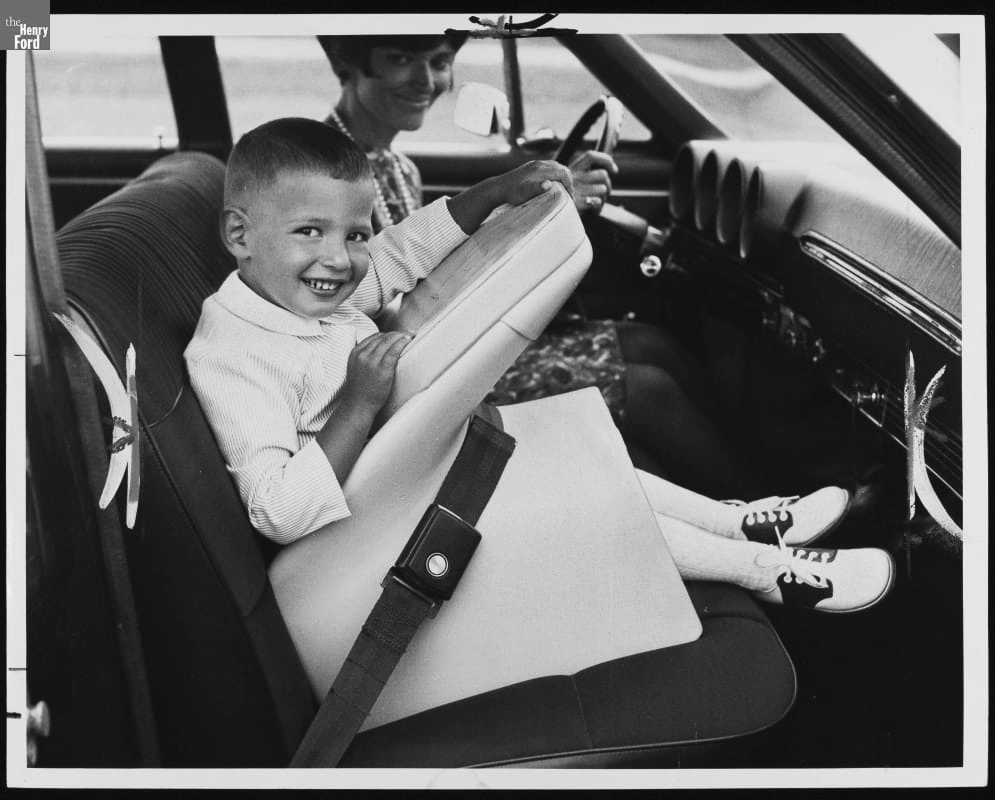

We may earn revenue from the products available on this page and participate in affiliate programs. Learn more ›
For squishy babies, cars present a fate worse than diaper rash. Securing kids during a ride took decades to perfect. But figuring out the best way to strap in wee ones is worth it: The right restraint can reduce the risk of death in a crash by 70 percent. Here’s how child safety seats went from precarious to secure.
1920s

1930s

Related: Cleaning your baby’s pacifier with spit might have surprising benefits
1967
1969

1970s

2001


2002

2018

This article was originally published in the Winter 2018 Danger issue of Popular Science.
